There was something ritualistic about the latest terrorist outrage in Melbourne. True, it was hideous from the moment that Hassan Khalif Shire Ali abandoned his burning truck in Bourke Street with the clear intention of incinerating as many people as possible and then started slashing away with his knife at anyone within reach. But, after that, it was as if everyone knew their lines and recited them right on cue. Many of them also knew that their role was to film the unfolding events on their mobile telephones, so this horror must be the most widely recorded atrocity in history. The police responded quickly and engaged with the best tactic: give some space to the criminal in the hope that he might stumble or surrender, but when that fails, shoot him dead. Then the developing news of the toll: one deceased, in addition to Ali himself and two with serious knife wounds. Slowly, more details emerged: the perpetrator was black, African, from Somalia, from a refugee family, and with clear links to Muslim extremism. But then the first in the inevitably long line of excuses started rolling in from the apologists. Ali was only a lone wolf, so we do not have widespread Muslim terrorism. The Islamic hierarchy claims the mayhem was not even an act of terrorism. Then, Ali had mental problems, so he does not count as a terrorist, as the only real terrorists are the ones who are sane enough to know they are mad. He was also a drug addict, so that excused him as well. Then the Left chimed in: violence against women is a much bigger problem than Islamic terrorism. In any event, terrorism is our fault because of Western foreign policy. We should embrace the Islamists and ask them not to be terrorists. It was therefore ‘hurtful’ and ‘divisive’ for the Prime Minister to ask Islamic leaders to be more vigilant. And so on.
The saving grace is that people can see through this load of self-serving nonsense and are rightly outraged that yet again their peace has been shattered by someone to whom we gave sanctuary and who responded to our generosity by trying to murder us. There is even a developing reluctance to accept the standard re-assurances from the authorities that they have the situation under control and will keep the public ‘safe’. In fact, this outrage was a tipping point in Melbourne tragedies, because this one was blatant terrorism, planned, pre-meditated, designed to kill as many people as possible and seen by everyone to be exactly that.
But there was also a new element this time that has brought the whole tragedy home to many Melburnians as an attack on them personally. It was as if everyone knew the deceased victim, Sisto Malaspina, co-owner of the Pellegrini’s coffee shop in Bourke Street who was walking away from his shop when cut down by the murderer.
I cannot even guess when I started to go to Pellegrini’s, but it must have been in the 1960s, before Sisto, and my most recent visit was only a few weeks ago. My original stomping ground was the Legend café, further down Bourke Street, which was certainly functioning in 1957 when I started visiting it as a degenerate teenage bohemian. Pellegrini’s and the Legend were both close to the Savoy cinema, where I saw decadent foreign films, like La Dolce Vita which came out in 1960. Sisto and his partner Nino Pangrazio took over Pellegrini’s in 1974 and from that time onwards, I got to know them both. Part of my life has revolved around the café, not the least because it was part of my regular beat from the Savoy, via the Hill of Content and Paperback bookshops to Pellegrini’s. Everyone seems to have a Sisto story, starting with his collection of exotic cravats and the never-ending torrent of laughter, gossip and home-grown philosophy to accompany the coffee, pasta and apfel strudel. On a few occasions, I was even allowed to eat in the kitchen, the holy of holies and a great privilege. With Sisto now taken from us, and in such a brutal way, we all feel that this act of terrorism was personal and aimed directly at us. It is why we are sick of the excuses from Muslim apologists and their camp followers, as none of that can expiate this terrible crime. Moreover, Sisto’s death is even more noteworthy for another reason. After the war, Australia attracted a fantastic flow of Jewish refugees and migrants. They made this country and particularly Melbourne their home and their love and loyalty has been unqualified. We also attracted the best of Christians from Italy like Sisto and his family and from Greece and a dozen other countries. We were at our best when we received them all and built a great country with their help. But all that seems to have changed. Today, we seem to scour the world, looking for the worst, some of whom clearly hate us and are alien to all we stand for. So, on Friday, 9 November 2018, when a white Christian was stabbed to death by a black Muslim in the streets of Melbourne, they were two very potent symbols of what has happened to Australia, the good that made Australia great and the bad that is destroying it. How ironic that the two should come together and confront each other in Bourke Street. How sad that the evil of the Muslim terrorist should cut down and bring to an end all the good that Sisto stood for. And what about the future of Australia? We must face up to the ghastly mistakes we have made in our immigration and refugee policies. We must stop force-feeding an alien culture into what was once an harmonious nation. We must become more selective in whom we allow into our country. And if tougher surveillance laws are needed, they must be passed. But is it too late?
Got something to add? Join the discussion and comment below.
Get 10 issues for just $10
Subscribe to The Spectator Australia today for the next 10 magazine issues, plus full online access, for just $10.
You might disagree with half of it, but you’ll enjoy reading all of it. Try your first month for free, then just $2 a week for the remainder of your first year.


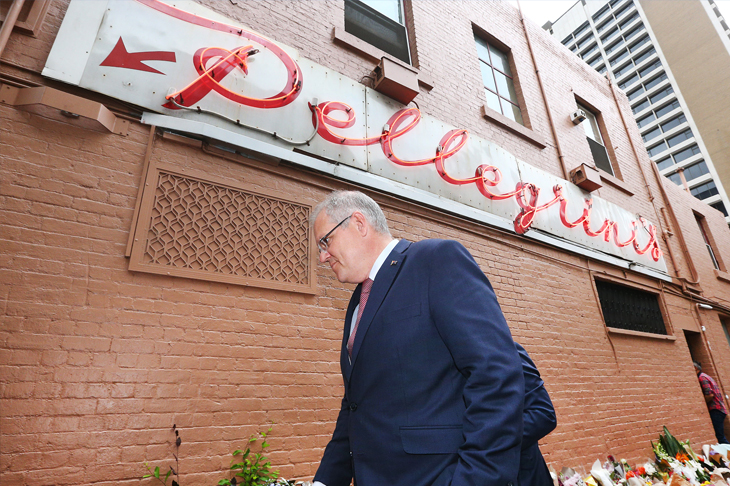
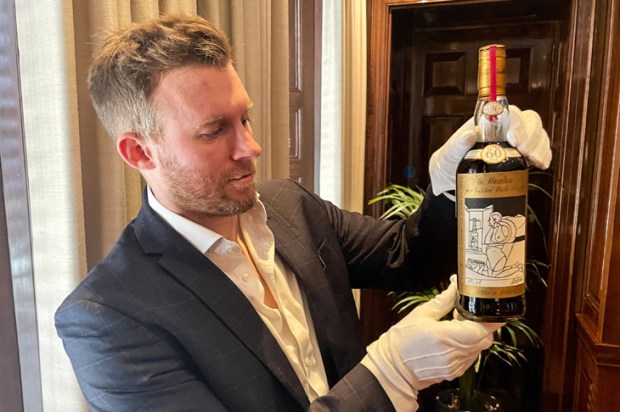

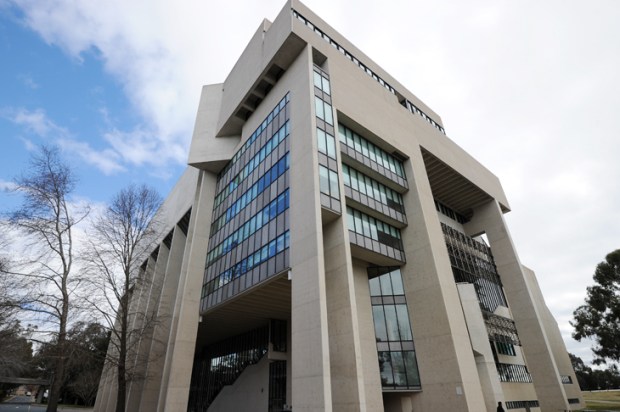
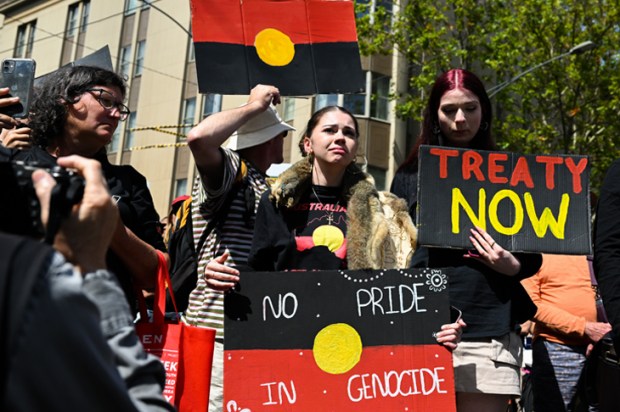
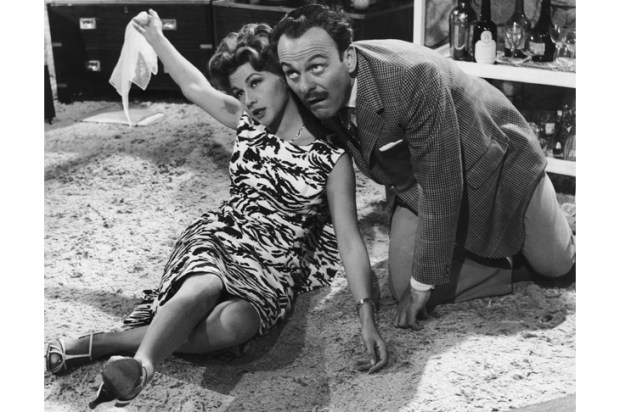
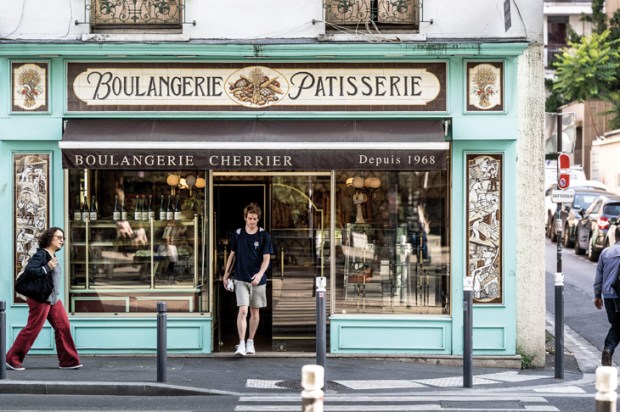






Comments
Don't miss out
Join the conversation with other Spectator Australia readers. Subscribe to leave a comment.
SUBSCRIBEAlready a subscriber? Log in